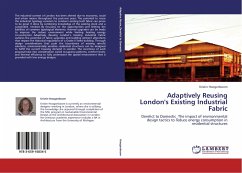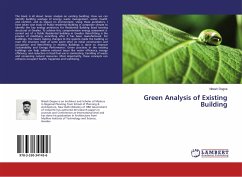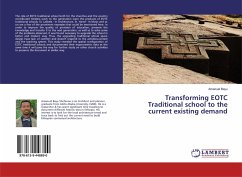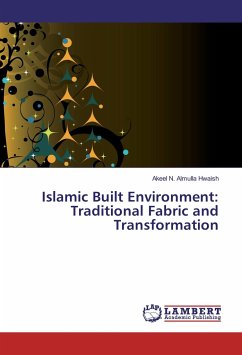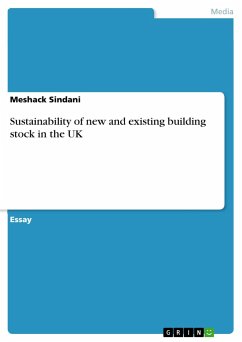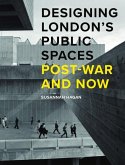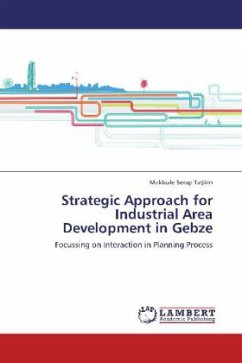The industrial context of London has been altered due to economic, social and urban means throughout the post-war years. The potential to reuse the industrial typology common to London's existing built fabric can prove to be great if done by combining knowledge of the existing stock and a sustainable mindset. By focusing on the opportunities and limiting the liabilities of common typological elements, thermal upgrades can be made to improve the indoor environment while limiting heating energy consumption. Adaptively Reusing London s Existing Industrial Fabric outlines the potential of fabric upgrades and building element alterations that respect the historical regulations of a Grade II listed building. Through design considerations that push the boundaries of existing retrofit solutions, environmentally sensitive residential structures can be designed to fulfill the current housing demand in London. The incentives of each proposal take into consideration varied occupancy patterns, comfort levels, and thermal efficiency to fully understand the spatial environment that is provided with low energy designs.

